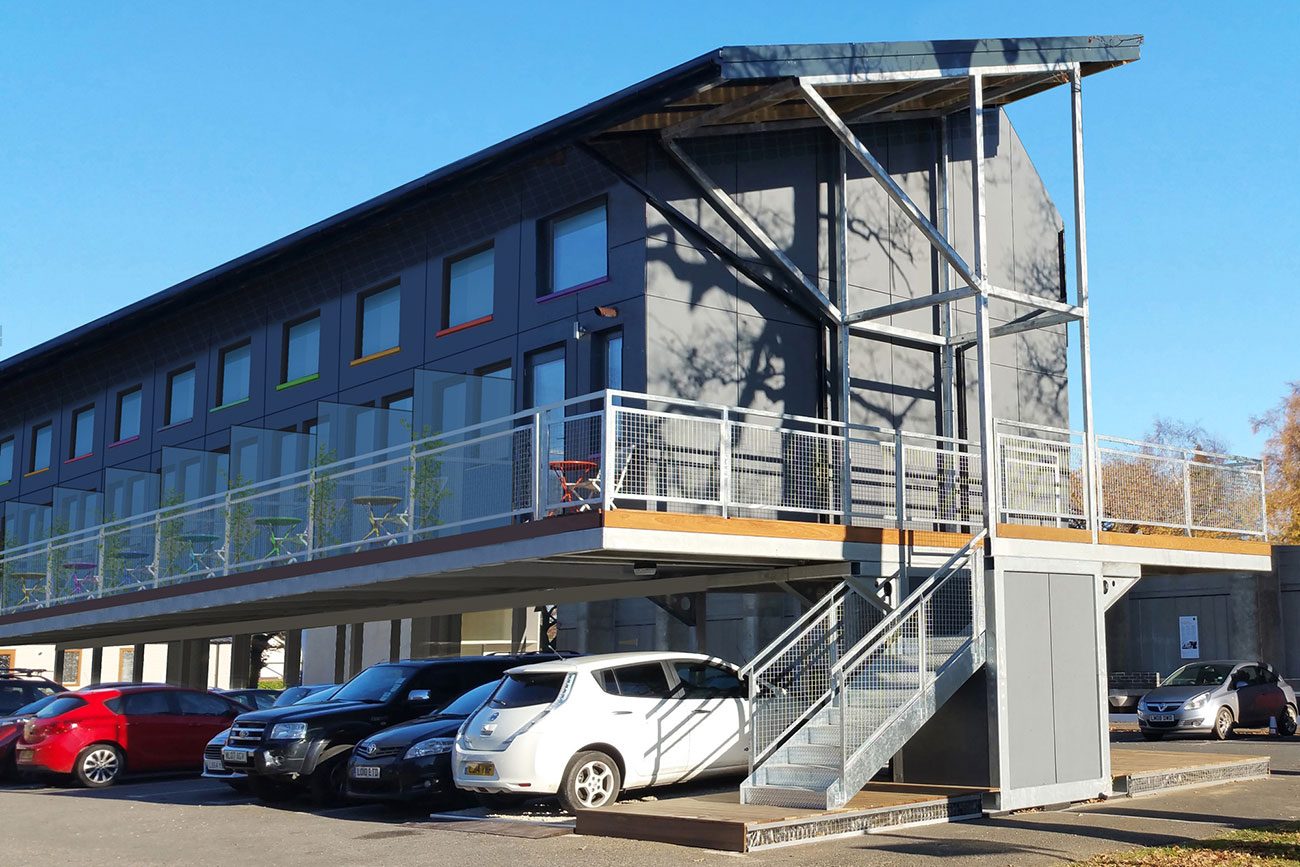Geoff Beacon proposes a creative way to build affordable homes in York city centre
A house costing £100,000 in Liverpool is worth about £300,000 in York and £700,000 in Enfield, North London.
The cost of building a house is not much different in Liverpool, York or Enfield: the higher prices in York and Enfield are because more people (with money to buy) are competing for houses.
Giving planning permission for a house in York increases the value of the building plot by about £200K. This increase is planning gain.
My best estimate of the planning gain in the new York Local Plan is £2.55 billion. Of course, it’s not paid to York citizens, it goes to the lucky landowners.
That £2.5 billion is enough to build 10 new large hospitals or 150 secondary schools, with 1,000 pupils each.
York exiles the poor

In York, this will have the effect of raising house prices further and forcing out poorer citizens and their children. Even the children of the more affluent may have temporary difficulty – in the years before they inherit from their parents.
This story was outlined in a report by Ove Arup & Partners for the council, Housing Requirements in York, Assessment of the Evidence. In their consultant-speak they said:
-
There will also be displacement of traditional population, perhaps to locations such as Selby or Leeds as gentrification becomes more widespread.
However, perhaps more positively is that the city may become more attractive for high skill groups, perhaps relocating from the higher house price areas of London and the South East.
This means York exiles the poor. That’s what this local plan does.
The Marygate car park idea

So back in 2012, I thought about building on Marygate Car Park, remembering that it had once been housing. There had been 80 houses there in the five streets from Bean Street to Walker Street.
By the sound of the Marygate Memories Facebook page, it was a happy place:
-
There were so many people years ago who lived in Marygate, in the streets behind Marygate (now a car park) or close by, and some who may still live in the area now.
Marygate and the streets behind were so full of community spirit, so many families lived there, so many happy children making their own fun in the streets or in The Museum Gardens, so many memories to share that we would all like to hear about.
One of the problems of the demolished housing was flooding. With that threat removed with enhanced river defences, I thought housing could return.
I also thought the scheme could finance a proper pedestrian connection between the York Station to the Marygate side of the river.
Build on the car park

-
The proposal is for a 120-bed hotel together with 40 residential ‘starter’ units whilst retaining the existing number of car parking spaces.
The client is also aware that a contribution would be required to upgrade the pedestrian/cyclist path alongside the Scarborough Bridge.
There were subsequent meetings, which I chose not to attend, but the scheme petered out. And Scarborough Bridge is even now being upgraded.
Last year I heard Bill Dunster’s Zed Factory was producing a system to make it easy to build houses over car parks. They are called ZEDPods.
More housing – over car parks?

Deciding how many – and of what type – is a major exercise but it is very politically sensitive: too many too quick and house prices fall rapidly and trap recent buyers in negative equity. If too few are built we exile the poor and the young from York.
Finding the land to build on is also a problem. Most of the land around York is held by a few landowners and they must agree to the developments.
So why not build on land owned by York council so that the citizens of York can benefit?
Let’s start by building over car parks. If these houses were for people without cars, it would not diminish available car parking. This could be successful with the right penalties and incentives.
Failing that there will be other solutions such as multi-storey car parking.
Planning sceptic

It has taken decades for the many pennies to drop. Now much of York centre is pedestrianised – a reversal of previous car based planning.
So let’s not have a grand plan stretching into the unknown: start small and see how it works – for example a few of Bill Dunster’s ZEDPods on the Park&Ride site at Dringhouses. That’s a quick ride into town, easy access to the Tesco’s Superstore and York Colleges. Also well positioned on the Sustrans’ cycleways.
At Bill Dunster’s housing density of five houses above 12 parking bays, the number of houses that could be built on the 6,498 parking bays would be 2,700 (Castle car park omitted.)
If planning gain for these were as little as £100,000 per house this would be worth £270 million. That’s over two years of York council’s net expenditure.
Explanation of planning gain
However, before a house is built it must have planning permission.
Planning permission for a £300,000 house in York raises the value of the building plot from £600 to at least £200,000, because the house can be built for less than the £100,000 cost of a house in Liverpool.
